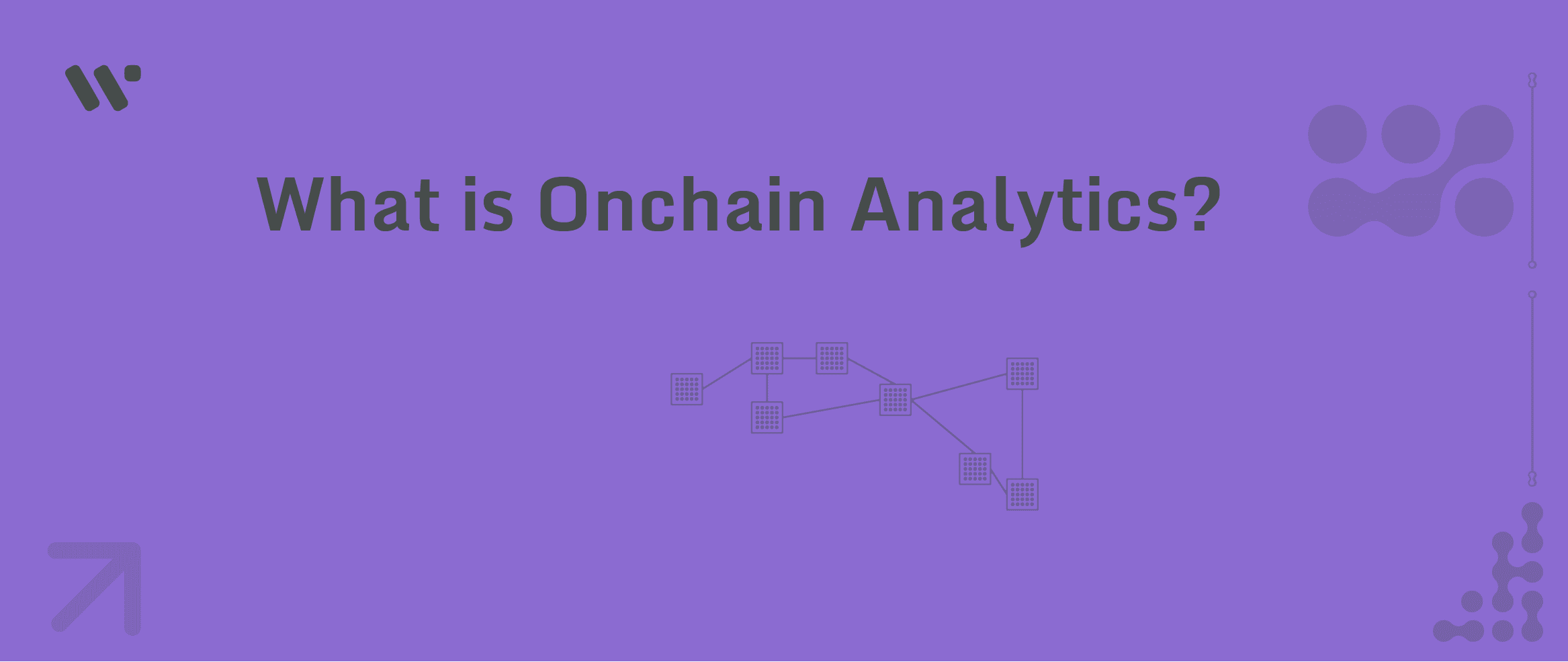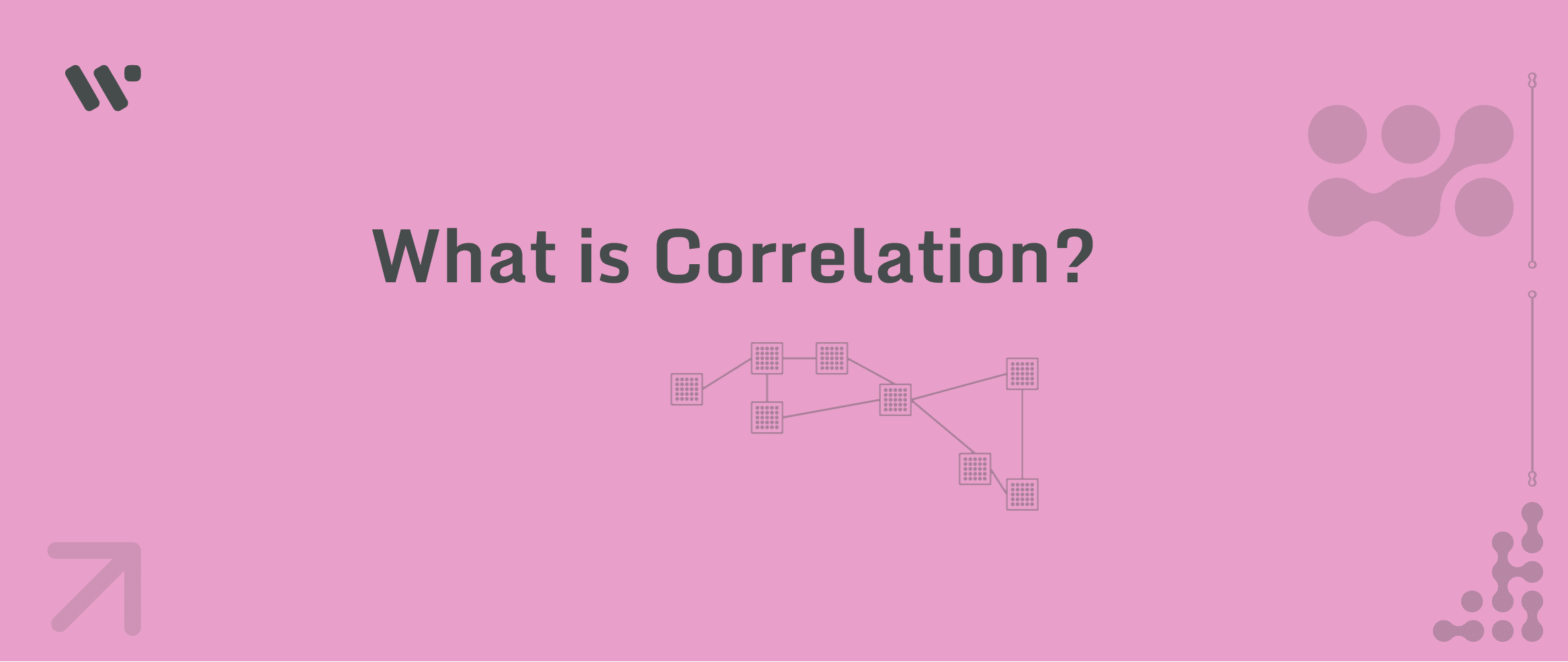Matthew Webb
What is Crypto Onchain analytics?

What is Crypto Onchain Analytics? Unlocking Insights into Blockchain Networks
The advent of blockchain technology has brought about a seismic shift in the way we approach data analysis. Onchain analysis, a subset of blockchain analytics, has emerged as a powerful tool for unlocking insights into the complex world of cryptocurrencies and blockchain networks. In this article, we'll delve into the world of onchain analysis, exploring its definition, applications, and benefits.
What is Onchain Analysis?
Onchain analysis, also known as on-chain analytics, refers to the process of analyzing data that's stored on a blockchain network. This type of analysis involves examining the transactions, wallet addresses, and other data points that are publicly available on a blockchain. By scrutinizing this data, analysts can uncover patterns, trends, and insights that can inform investment decisions, identify potential security risks, and improve the overall efficiency of blockchain-based systems.
Onchain analysis is often contrasted with off-chain analysis, which focuses on external data sources such as social media, news outlets, and traditional financial metrics. While off-chain analysis provides valuable context, onchain analysis offers a unique perspective by examining the blockchain's internal data.
The Power of Onchain Analysis
So, why is onchain analysis useful? The benefits of onchain analysis can be seen in several key areas:
1. Investment Insights
Onchain analysis provides valuable insights for investors, helping them make informed decisions about their cryptocurrency investments. By analyzing transaction data, investors can identify trends, sentiment, and market movements, ultimately enabling them to buy or sell assets at optimal times. For instance, a spike in large transactions may indicate increased investor interest, while a decrease in transaction velocity might suggest a cooling market. I mean, who doesn't love a good trend analysis, right?
2. Risk Management
Onchain analysis helps identify potential security risks and fraudulent activity within blockchain networks. By monitoring suspicious transactions, exchanges, and wallets, analysts can detect potential scams, phishing attacks, and other malicious activities. This enables law enforcement agencies, exchanges, and other stakeholders to take proactive measures to mitigate risks and protect users. It's like having a superpower, but instead of flying or super strength, you can detect crypto scams!
3. Network Optimization
Onchain analysis helps optimize blockchain networks by identifying inefficiencies, bottlenecks, and areas for improvement. By analyzing data on transaction times, block sizes, and node performance, developers can refine their networks, increasing speed, scalability, and overall performance. It's like having a magic wand that makes your blockchain faster and more efficient!
4. Compliance and Regulation
Onchain analysis supports regulatory efforts by providing valuable insights into cryptocurrency transactions, wallet ownership, and other relevant data. This enables regulatory bodies to monitor and enforce anti-money laundering (AML) and know-your-customer (KYC) regulations, ensuring a safer and more transparent blockchain ecosystem. It's like having a special tool that helps keep the crypto world clean and honest!
Case Studies: Real-World Applications of Onchain Analysis
Several real-world examples demonstrate the power of onchain analysis:
- Chainalysis: A leading blockchain analytics firm, Chainalysis, uses onchain analysis to provide insights into cryptocurrency transactions, enabling law enforcement agencies to track illicit activities and identify suspicious transactions.
- wevr.ai: wevr.ai, a blockchain analytics platform, offers onchain analysis tools for investors, helping them identify trends, sentiment, and market movements to inform their investment decisions.
- Bitcoin's Block Size Debate: Onchain analysis played a crucial role in the Bitcoin block size debate, as analysts examined transaction data to inform arguments for and against increasing the block size.
Challenges and Limitations of Onchain Analysis
While onchain analysis offers numerous benefits, it's not without its challenges and limitations:
- Data Quality: The accuracy and completeness of onchain data can be compromised by various factors, such as incomplete or tampered-with / subjective data, which can lead to misleading insights.
- Obtaining Data: As blockchain data is large it is hard for an individual to obtain, thus why wevr and other competitors such as Dune and glassnode offer our services.
- Scalability: As blockchain networks grow, the volume of data increases exponentially, making it challenging to process and analyze.
- Privacy: Onchain analysis often involves analyzing publicly available data, raising privacy concerns surronding peoples transactions.
Defining On-Chain Analytics
On-chain analysis refers to the process of analyzing data directly from a blockchain, typically using programming languages like Python, to extract insights about cryptocurrency markets, user behavior, and network activity. This involves querying blockchain data from a node , piping it into a database, aggregating and processing it, and visualizing the results to uncover meaningful patterns, trends, and correlations.
On-chain analytics, also encompasses a broader range of techniques, including machine learning, data mining, and statistical modeling, to extract actionable insights from blockchain data. This may involve predicting price movements, identifying trading opportunities, or detecting anomalies and anomalies in network activity.
Why On-Chain Analysis is Useful
So why is on-chain analysis and analytics so crucial in the cryptocurrency space? Here are a few compelling reasons:
Market Insights
On-chain analysis provides unparalleled insights into market sentiment, allowing investors and traders to make more informed decisions. By analyzing blockchain data, you can:
- Identify whale wallets and their trading behaviors
- Track large transactions and their potential impact on market prices
- Analyze token velocity and liquidity
- Detect potential price manipulation or wash trading
All of these can be done succeessfully on our platform wevr
Risk Management
On-chain analytics helps identify potential risks and vulnerabilities in the market, enabling investors to mitigate losses and optimize their portfolios. This includes:
- Identifying abnormal network activity indicative of potential security breaches
- Detecting and preventing fraudulent activities, such as phishing or Ponzi schemes
- Monitoring smart contract interactions and identifying potential vulnerabilities
Network Performance
On-chain analysis provides valuable insights into blockchain network performance, helping developers optimize and improve the underlying infrastructure. This includes:
- Analyzing blockchain congestion, gas prices, and transaction throughput
- Identifying bottlenecks and scalability limitations
- Monitoring node distribution and decentralization
Compliance and Regulation
On-chain analysis is essential for regulatory bodies and law enforcement agencies seeking to track and trace illicit activities, such as money laundering or terrorist financing. This includes:
- Identifying suspicious transactions and wallets
- Tracking the movement of funds between exchanges and wallets
- Collaborating with international authorities to share intelligence and best practices
Case Studies: Real-World Applications of On-Chain Analysis
Whale Watching
In 2017, a group of researchers used on-chain analysis to identify and track the behavior of large Bitcoin holders, known as "whales." By analyzing transaction patterns and network activity, they discovered that these whales exhibited distinct trading behaviors, often influencing market prices. This study demonstrated the power of on-chain analysis in understanding market dynamics and predicting price movements.
Detecting Ponzi Schemes and fraud
In 2021, The team behind wevr.ai discovered suspicious behavior relating to ftx reserve addresses onchain, leading them to moving their investments off FTX, This saved the team many thousands of dollars.
Tools and Techniques for On-Chain Analysis and Analytics
Fortunately, there are numerous tools and techniques available for on-chain analysis and analytics, including:
- Blockchain explorers: Web-based interfaces like Blockchain.com or Etherscan provide real-time data and visualization tools for blockchain activity.
- APIs and SDKs: Companies like Chainalysis or Coin Metrics offer APIs and software development kits (SDKs) for integrating on-chain data into custom applications, wevr will also soon do so.
- Programming languages: Python, R, Julia are popular choices for data scientists and analysts seeking to extract and analyze blockchain data. However for databases Clickhouse,Timesclaedb,duckdb postgresql and trino all work!
- Data visualization: Libraries like Matplotlib, Seaborn, or Plotly enable the creation of interactive, web-based visualizations to communicate insights and trends.
Conclusion
On-chain analysis and analytics have revolutionized the way we approach cryptocurrency research, investment, and market participation. By extracting insights from blockchain data, we can gain a deeper understanding of market dynamics, identify potential risks, and optimize network performance. As the cryptocurrency landscape continues to evolve, the importance of on-chain analysis and analytics will only continue to grow. Whether you're an investor, researcher, or developer, embracing these tools and techniques will be crucial in unlocking the full potential of cryptocurrencies. Stay ahead of the curve by visiting Wevr and exploring our range of services tailored to enhance your trading strategies. Join our community on Twitter and keep up with the latest insights and updates on our Crypto insights blog. With Wevr, harness the power of blockchain technology and maximize your investment potential in this dynamic and evolving market.
Related Posts


